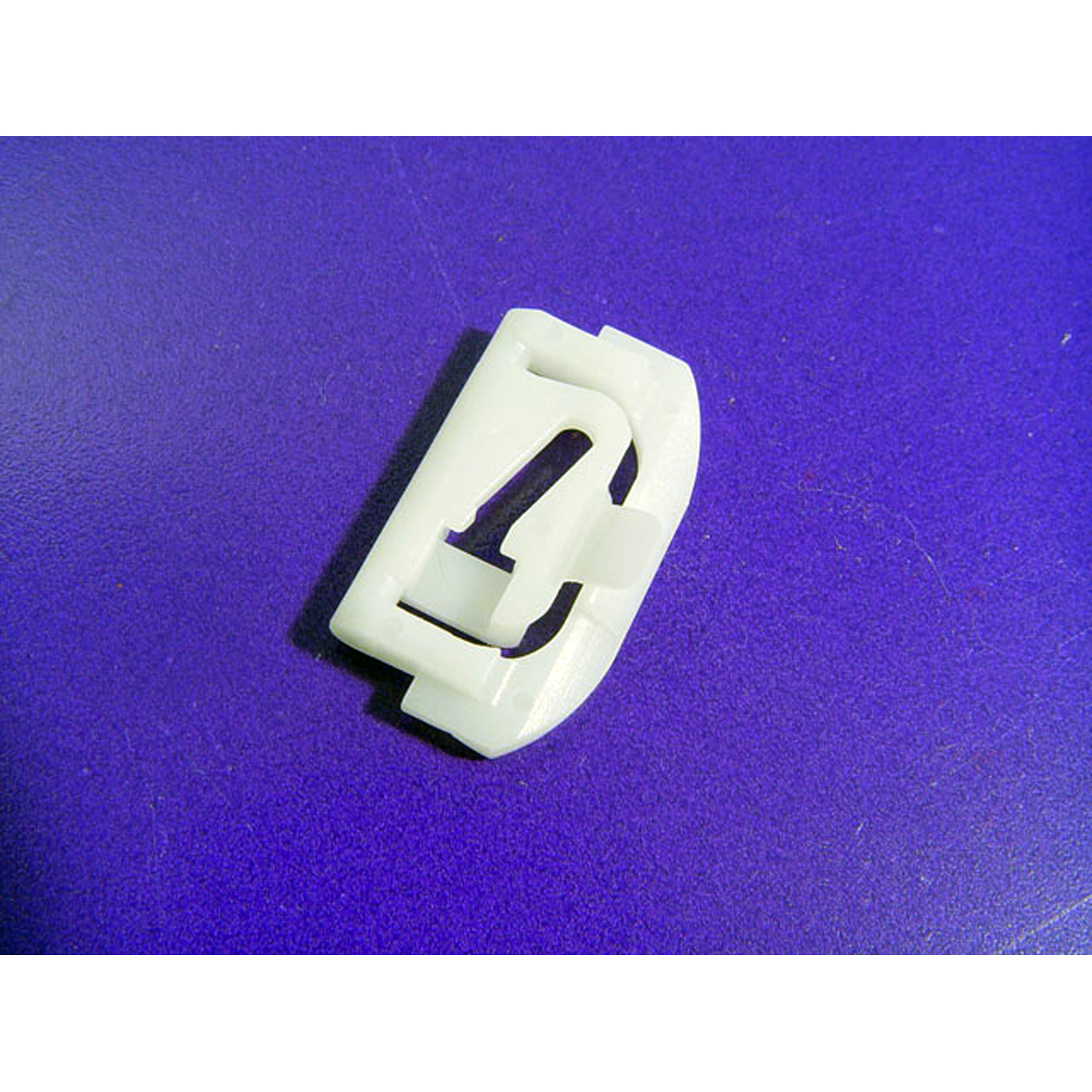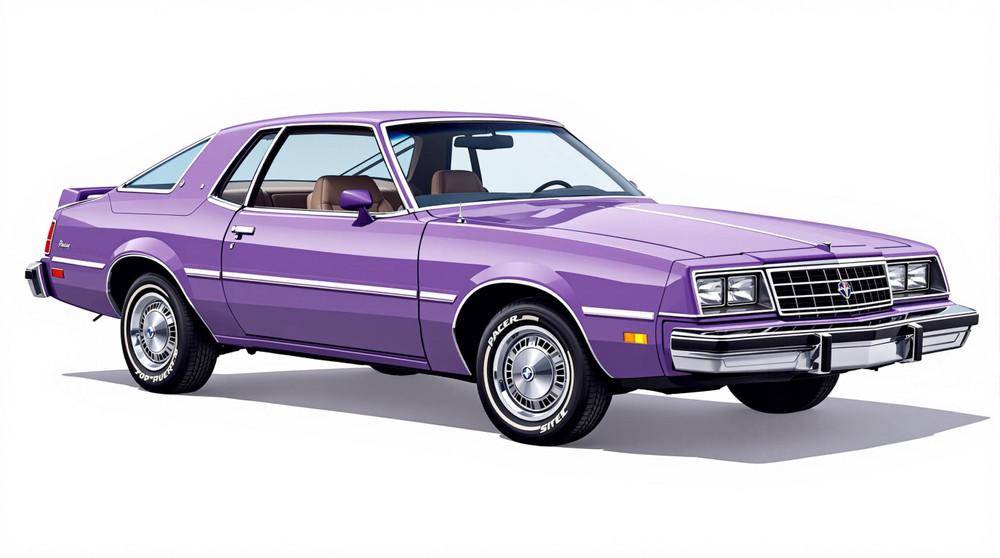Image of 1980 American Motors Pacer, Note: These illustrations use artistic license and may differ from actual historical models.
Performance Metrics
Fundamental Metrics
Emotional Appeal
MMP Rating
| Engine Specifications | |
|---|---|
| Engine: | Inline 6 |
| Displacement: | 232-258 cu in. |
| Horsepower: | 90-114 hp |
| Torque: | 140-210 lb-ft |
| Compression Ratio: | 8.0:1 |
| Ignition System: | Electronic Ignition |
| Cooling System: | Liquid-cooled |
| Performance Specifications | |
| 0-60 Time: | 14-16 seconds |
| 1/4 Mile Time: | 19-21 seconds |
| Top Speed: | 100 mph |
| Transmission and Drive | |
| Drive Type: | Rear-wheel drive |
| Transmission Type: | 3-speed automatic or 4-speed manual |
| Fuel and Efficiency | |
| Fuel System Type: | Carburetor |
| MPG: | 17-20 mpg |
| Dimensions and Brakes | |
| Brakes: | Front disc and rear drum brakes |
| Wheelbase: | 100 inches |
| Weight: | 3000 lbs |
Note: Specifications for classic cars are given to the best of our ability, considering the limited and variant data available.
Unveiling the Underdog: The 1980 American Motors Pacer
In the annals of automotive history, few cars have sparked as much curiosity and debate as the 1980 American Motors Pacer. This distinctive vehicle, born from the ambitious minds at American Motors Corporation (AMC), emerged as a response to the oil crisis of the 1970s. With its wide stance and rounded silhouette, the Pacer was a bold departure from conventional design, aiming to offer compact efficiency without sacrificing comfort and visibility. A notable moment in its history was its unconventional passenger door, which was four inches longer than the driver's side to facilitate rear passenger entry—a feature that turned heads and raised eyebrows.
Design and Innovation: A Fishbowl on Wheels?
The Pacer's exterior styling was nothing short of revolutionary for its time. Its wide body and large glass area earned it nicknames like "the fishbowl," but these features were intentional, designed to maximize interior space and driver visibility. Inside, passengers were greeted with a surprisingly spacious cabin, considering the car's compact footprint. The materials used ranged from standard vinyl to plush cloth upholstery, reflecting the era's penchant for personalization. Technologically, the Pacer boasted rack-and-pinion steering—a rarity among American cars at the time—and an optional three-speed automatic transmission that promised smoother gear shifts.
Color options for the Pacer included an array of period-typical hues, with shades like "Mellow Yellow" and "Firecracker Red" capturing the vibrant spirit of the era. The most iconic body style was undoubtedly the two-door hatchback, which encapsulated the car's unique blend of practicality and quirkiness.
Historical Significance: More Than Meets the Eye
Despite mixed reviews from critics, the Pacer left an indelible mark on automotive design. Its emphasis on passenger comfort and safety at a time when compact cars were often spartan set a new standard in the industry. The Pacer's wide track also influenced future designs that prioritized stability and handling in smaller vehicles.
Performance and Handling: A Smooth Operator?
Underneath its unconventional exterior, the 1980 Pacer was powered by a choice of inline-six or V8 engines. While it wasn't going to break any land speed records with a modest top speed around 100 mph, it offered respectable acceleration for its class, reaching 0-60 mph in a leisurely 12 seconds or so. On various driving conditions, drivers could expect a smooth ride—thanks to its soft suspension—though handling could feel somewhat disconnected due to its power steering system. The engine's hum was unobtrusive, contributing to a calm driving experience.
Ownership Experience: A Loyal Following
The Pacer found its niche among those who valued uniqueness and comfort over outright performance. It served as a daily driver for many but also held appeal as a show car due to its distinctive looks. Maintenance was relatively straightforward for mechanically inclined owners; however, some parts have become harder to find over time. Despite this, a dedicated community has kept Pacers on the road through meticulous care and shared knowledge.
Fun Facts: The Pacer's Pop Culture Pedigree
The AMC Pacer has appeared in numerous films and television shows, often playing up its quirky image. It even had moments of celebrity ownership—none other than Elvis Presley reportedly owned one! While it never set any speed records, it did achieve a record of sorts for AMC: it became one of their most recognizable models despite—or perhaps because of—its polarizing design.
Collector's Information: A Quirky Investment?
Today, Pacers can be quite rare finds with estimates suggesting that tens of thousands were produced throughout its production run. Their value range varies widely based on condition and originality; well-preserved examples might fetch anywhere from $5,000 to $15,000 or more at auction or private sale. While not traditionally seen as an investment vehicle, well-maintained Pacers have slowly appreciated in value among classic car enthusiasts who appreciate their unique place in automotive history.
Conclusion: Embracing Automotive Individuality
The 1980 American Motors Pacer stands as a testament to an era when innovation and individuality were as important as efficiency and economy. It may never be heralded as a paragon of performance or design perfection but remains beloved by those who appreciate its bold attempt to redefine what a compact car could be. As we look back on automotive history, vehicles like the Pacer remind us that sometimes it's not just about getting from point A to B—it's about enjoying the journey in your own distinctive style.
1980 American Motors Pacer Catalog of Parts
 1980 American Motors Pacer Lower Side Window Reveal Molding Clip. Made of nylon-WF 214Lower Side Window Reveal Molding Clip. Made of nylon. 1-1/4" x 3/4". Each
1980 American Motors Pacer Lower Side Window Reveal Molding Clip. Made of nylon-WF 214Lower Side Window Reveal Molding Clip. Made of nylon. 1-1/4" x 3/4". EachWhy Choose Metro?
For over 100 years, Metro Moulded Parts has been the pinnacle of quality in classic car restoration parts. Our commitment to precision and authenticity in every component ensures a perfect fit and an OEM-level appearance.
- Expert Craftsmanship & Quality: Each part is a testament to our dedication to reliability and perfection, crafted from original designs and thoroughly tested.
- Advanced Technology: We use cutting-edge techniques to create flawless, long-lasting parts that surpass others in performance.
- SuperSoft Sponge – The Ultimate Door Seal: Not only are our door seals 30% softer than competitors', but they're also guaranteed to never leak. They effectively reduce wind and road noise, enhancing your classic car's comfort and driving experience.
- Proudly American: Our parts are a product of American craftsmanship, made in the USA with a spirit of excellence and heritage.
- Unrivaled Warranty: We back our products with a 30-year industry-leading warranty, a testament to our confidence in their quality.
Join us in preserving the legacy of classic cars with parts that are crafted for perfection, not just made.

